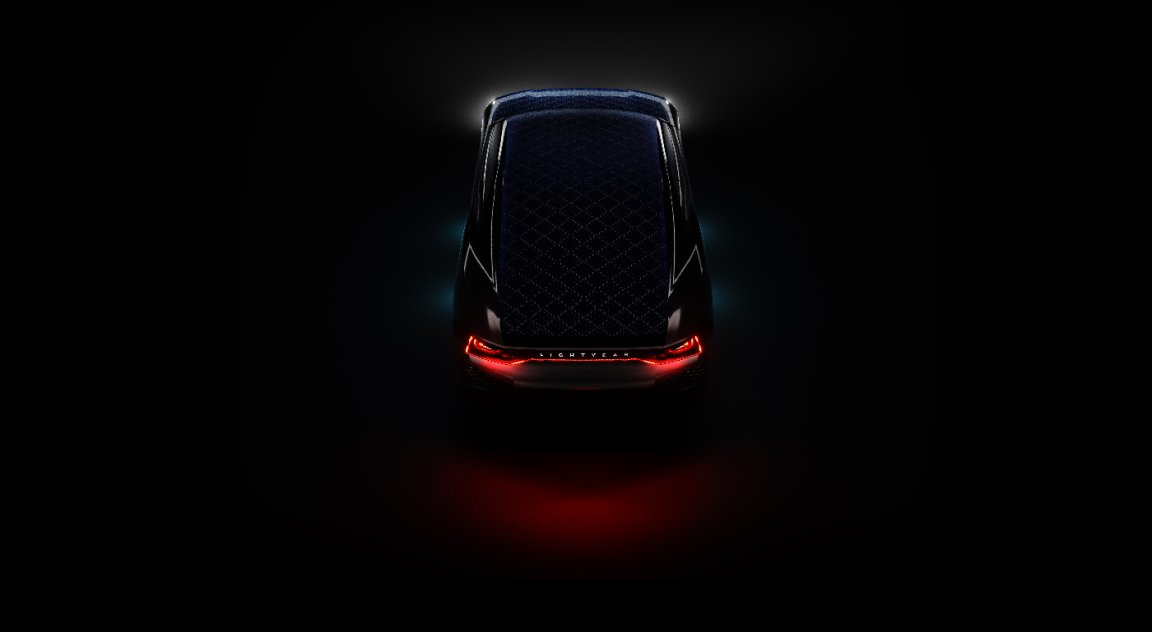
Solar Cars
Lightyear One, a car whose ability to use solar power has been thought of as an impossible feat, just won a Climate Change Innovator Award. Designed by the Dutch startup Lightyear, the “car that charges itself” can supposedly drive for months without charging and has a 400 – 800 km range. But is a solar-powered car feasible?

For years, the concept of “solar-powered cars” has loomed over the electric car industry as a hopeful, possible future. But there are many who argue that this concept is not only impractical, it is basically impossible. For instance, a solar roof that was designed to power the Toyota Prius was found to only be useful in combination with a traditional battery charging system and it only added an additional 4 miles to the range — not that impressive. One engineer even calculated the power capacity of a car with a solar roof under the optimal amount of solar radiation, and the results are underwhelming. Engineers measure the rate at which an engine’s work is done in “horsepower” (hp): the car equipped with a solar roof had a horsepower rate of 6.4. For comparison, engineer Tom Lombardo said, “my riding lawnmower has an 18 hp engine.”
Going Fully Solar
The first 10 Lightyear One cars are due to be released in 2019. Up until now fully solar-powered cars were not considered a realistic prospect, Solar Assisted Electric Vehicles (SAEVs) were considered the best possible option for solar cars, adding up to hundreds of miles to a car’s range. are set on releasing a vehicle that uses only solar power. But the Dutch Lightyear promises to topple the canon with a car that is not only fully powered by the sun, but also overcomes some of the conventional challenges associated with the technology, such as intermittency and low performance.
The five entrepreneurs have been prototyping and working out the kinks of their concept for years but, as long as the project remains an early-stage design, it is difficult to imagine that anyone would be capable of bridging the gap between SAEVs and fully-solar vehicles with record-breaking range.
But small encouraging signs are emerging all over the world. For example, in 2017, the Byron Bay Railroad Company created the first fully solar-powered train. And, while the vehicle has a very limited range, it shows that solar-powered vehicles are within the realm of possibility.